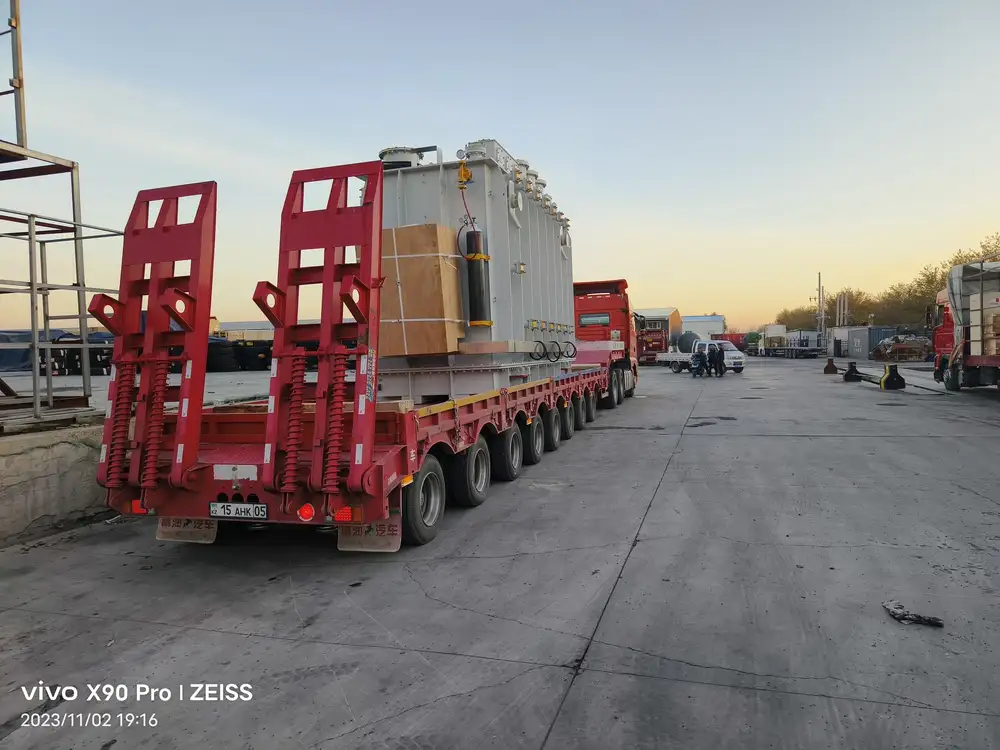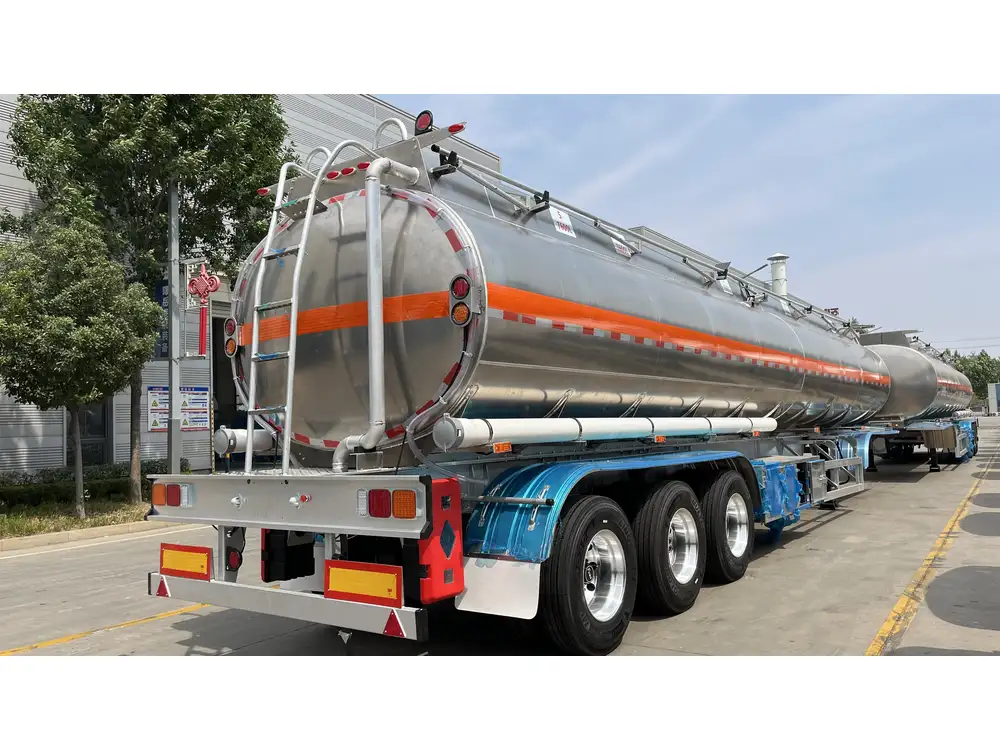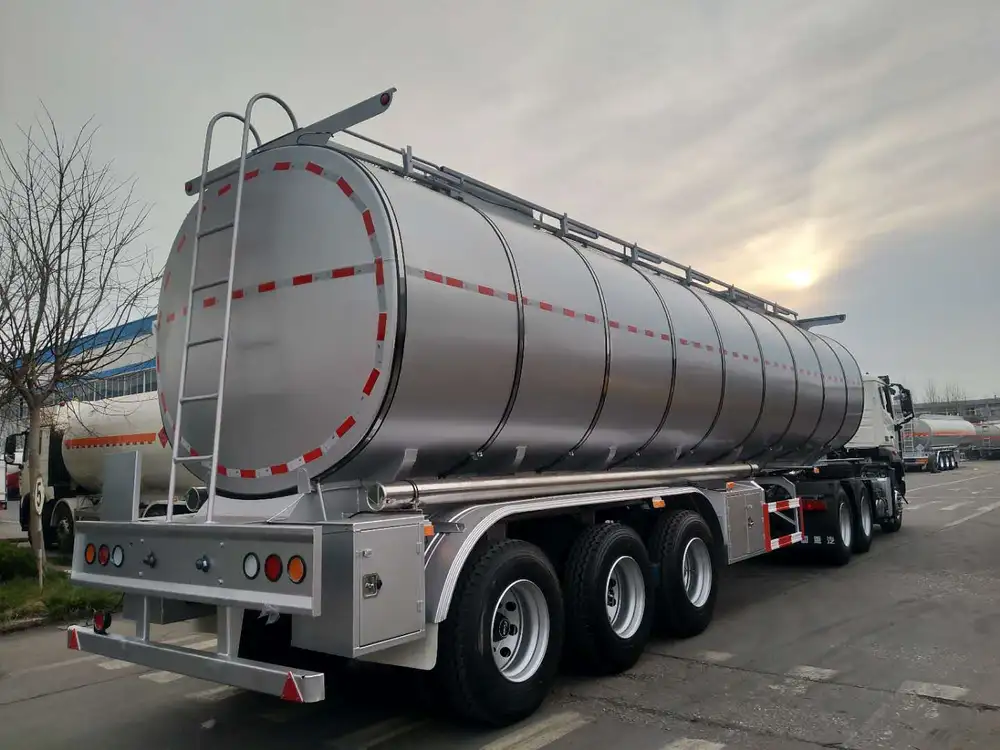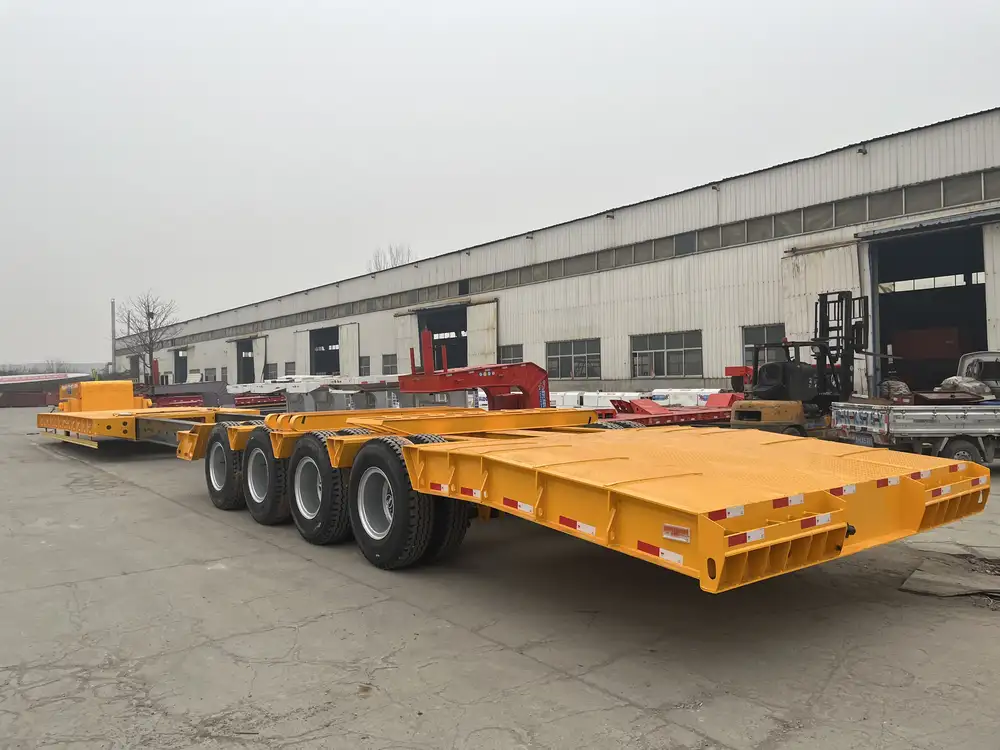When it comes to agricultural logistics, one of the pressing questions that farmers, transporters, and manufacturers must answer is: how many round bales can be loaded onto a semi-trailer? The efficient transportation of round bales is not merely a logistical challenge; it’s also crucial for maintaining productivity and profitability in farming operations. This article aims to provide exhaustive insights into the factors influencing the number of round bales that can be safely transported, while also touching on important considerations for both manufacturers and logistic personnel.
Understanding Round Bales
What Are Round Bales?
Round bales are cylindrical bales of hay or silage that are compact and tied with twine or netting. They can vary in size, typically ranging from 4 feet in diameter to about 6 feet, with diameters in the 5-foot range representing industry standards. Weight varies significantly based on the type of crop and moisture content, with an average round bale weighing between 800 to 2,000 pounds.

Types of Round Bales
- Wet Bales: Heavier due to moisture content, typically for silage.
- Dry Bales: Typically lighter and more common for hay.
- Large Bales vs. Small Bales: Large round bales commonly used in commercial agriculture, while smaller bales might cater to individual farm needs.
Common Dimensions and Weights of Round Bales
| Bale Diameter | Weight Range (lbs) | Net Weight (tons) |
|---|---|---|
| 4 feet | 800 – 1,200 | 0.4 – 0.6 |
| 5 feet | 1,000 – 1,500 | 0.5 – 0.75 |
| 6 feet | 1,200 – 2,000 | 0.6 – 1.0 |
The Role of Twine and Netting
The twine or netting used to secure the bales plays a critical role in the transportation process. While net-wrapped bales may be slightly bulkier and can increase overall load efficiency, twine ensures presentation and structural integrity during transport.

Factors Influencing Load Capacity
Trailer Specifications
The model and specifications of the semi-trailer dictate the number of round bales it can accommodate. Standard semi-trailers usually vary in length from 48 to 53 feet and come in several types:
- Flatbed Trailers: Versatile but may require careful loading techniques.
- Enclosed Trailers: Offer protection from weather but may restrict space.
- Step Decks: Lower heights can be advantageous for loading and unloading operations.
Determining Trailer Dimensions
The usable space of a trailer isn’t just about the overall length; it also includes width and height considerations. Standard semi-trailers are typically 8.5 feet wide and 13.6 feet high.

Weight Limits
Federal guidelines specify weight limits that must be adhered to:
- Single Axle – 20,000 lbs
- Tandem Axle – 34,000 lbs
- Total Gross Weight – Typically not exceeding 80,000 lbs including the trailer itself and cargo.
Cargo Arrangement
The method of loading also determines the total number of bales:
- Horizontal Loading: Placing bales side by side can optimize space.
- Vertical Stacking: While it saves space, it requires equipment for safe loading and unloading.
Safety Considerations
In addition to optimizing load capacity, safety must be a priority. Considerations include:
- Ensuring the load is balanced.
- Using straps and chains.
- Providing proper weight distribution to avoid the risk of tipping.

Calculating How Many Round Bales Fit on a Semi-Trailer
Sample Calculations
Let’s calculate how many round bales can fit on a typical 53-foot flatbed trailer.
Measuring Dimensions:
- The width of a 5-foot diameter round bale is approximately 5 feet across.
- Using a flatbed that is 8.5 feet wide, we can load 1 bale widthwise.
Length Calculation:
- The length of the trailer is 53 feet.
- Assuming bales are laid down horizontally, the number of bales along the trailer length = 53 feet / 5 feet per bale = approximately 10 bales.
Total Capacity:
- Total: 10 bales lengthwise x 1 bale widthwise = 10 round bales.
This calculation is a theoretical representation. Adjustments may be needed for safety, weight distribution, and other considerations.
Example for Larger Bales (6-foot Diameter)
Width Consideration:
- A 6-foot diameter round bale is 6 feet across, which means only 1 bale can fit across the trailer’s width.
Length Calculation:
- For a 53-foot trailer, the calculation would turn to: 53 feet / 6 feet = approximately 8 bales lengthwise.
Total Capacity for 6-foot Bales:
- 8 bales lengthwise x 1 bale widthwise = 8 round bales.

Comparison Table of Bale Variability
| Bale Size | Bales Per Trailer | Total Weight (approx) | Notes |
|---|---|---|---|
| 4 feet | 12 | 9,600 lbs | Optimal for smoother cargo |
| 5 feet | 10 | 15,000 lbs | Industry standard |
| 6 feet | 8 | 16,000 lbs | Requires careful loading |
Best Practices for Loading Round Bales
Utilizing Heavy-Duty Equipment
Employing machines such as:
- Bale Loaders: Facilitate quick and efficient loading.
- Forklifts: For precise placements.
- Telehandlers: Versatile machinery for loading from different angles.

Assessing Load Distribution
To maintain highway compliance and safety, asses weight distribution carefully:
- Ensure an even spread of weight.
- Check axle weight using portable scales.
Securing the Load
Anchor bales adequately for safe transport:
- Use high-tensile strength ratchet straps for net-wrapped bales.
- Incorporate side boards for added security.
Common Mistakes to Avoid

Overloading the Trailer
Exceeding weight limits can lead to fines and safety hazards. Always verify load-weight before hitting the road.
Inadequate Securing of Bales
Unsecured bales can roll or shift, leading to potential accidents. Make sure every load is tightly secured and periodically check during transport.
Ignoring Legal Regulations
Familiarize yourself with local and state weight regulations. Regulations vary across jurisdictions and can impose fines for non-compliance.

Conclusion
Understanding how many round bales can be loaded onto a semi-trailer hinges on a variety of factors including trailer type, bale size, weight limits, and safe loading practices. By applying meticulous calculations and adhering to best practices for securing and distributing loads, agricultural logistics can operate more smoothly, efficiently, and safely.
Whether you are a farmer looking to move your crop or a transport professional ensuring efficient delivery, being informed will empower you to optimize your operations for maximum output. Keeping safety and regulations at the forefront ensures a sustainable and profitable agricultural transport process.



